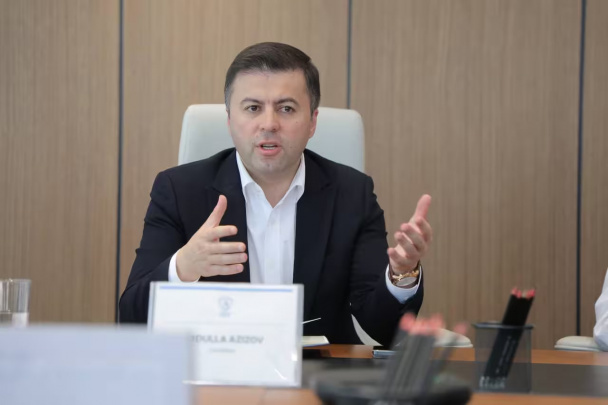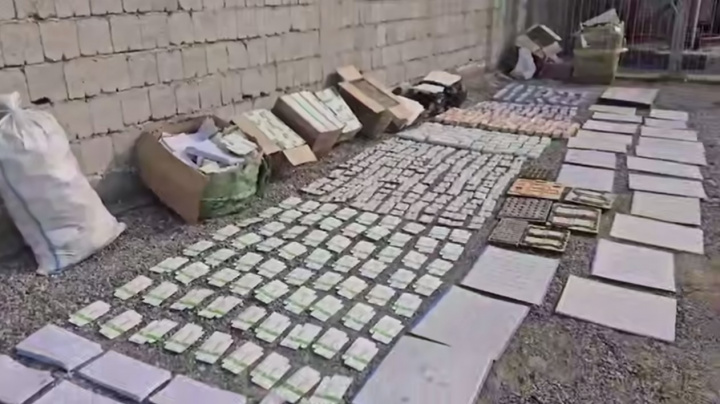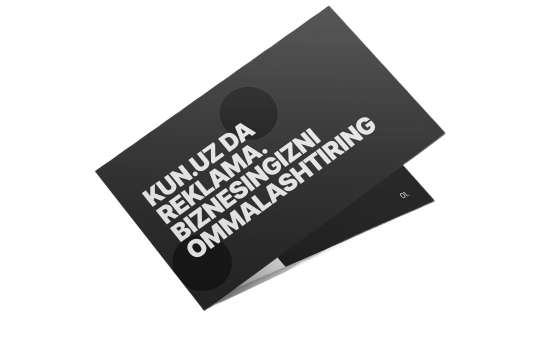Why medicines are more expensive in Uzbekistan than in neighboring countries? Key factors influencing the pharmaceutical market
A specialist with experience in both customs and pharmaceuticals, speaking to Kun.uz, attributes the higher cost of medicines in Uzbekistan to a monopoly in distribution. According to him, a significant portion of imported medicines is distributed to retailers by a limited group of suppliers. Additionally, Uzbekistan’s reference pricing system is not considered cheap, forcing people to buy medicines at high prices.
Starting July 1 of this year, all medicines imported into Uzbekistan may only be sold to wholesalers and retailers by the importer or its official dealers, and only through e-invoices.
Medicine labeling has also been made mandatory. However, according to Eldor Azamov – a professional familiar with both customs and pharmaceuticals – these sales practices have been in place even before the official regulations were signed. Kun.uz interviewed Azamov to better understand why medicines in Uzbekistan are more expensive.
Who is Eldor Azamov?
Azamov graduated from the Higher Military Customs Institute in 2016 and worked at a border customs post for a time. He later studied at the Pharmaceutical Institute and currently works as a pharmacist in a local pharmacy.
Medicines are cheaper abroad. Why?
Azamov explains that at customs checkpoints in Uzbekistan, imports of medicines are far more common than exports. He attributes this to the fact that drug prices in other countries are generally lower.
“For example, medicines are imported into Uzbekistan from Europe, India, Turkey, and Russia. But if you compare prices with neighboring countries like Kazakhstan, Kyrgyzstan, and Turkmenistan, ours are higher.
“Take Plavix 75mg (28 tablets) – the average price in Uzbekistan ranges from $19 to $23. In Kazakhstan, it's around $15; in Tajikistan, $11–18; in Russia, $9; and in Turkey, only $7.5. These are approximate averages.
“Another example: NovoRapid FlexPen, used for diabetes. In Uzbekistan, it costs $40–50; in Kazakhstan, $16–40; in Tajikistan, $5–29; in Russia, $22; and in Turkey, $20. These prices are sourced from publicly available data,” he said.
Azamov notes that original (branded) medicines are rarely imported into Uzbekistan – mostly generics are. Although generics have the same composition and quality as original drugs, their cost is significantly lower, which is why many countries prioritize local production over imports.
“Some countries have made major strides in producing generics. For example, Slovenia’s KRKA company manufactures generics that are imported to us. Turkey and India also produce generics that are virtually identical to the originals – any differences lie in minor production processes, not in health impact. However, pricing is a critical factor: generics cost many times less than branded drugs.
“In Turkey and India, there are policies encouraging local production. For instance, importing drugs from Europe into Turkey is made more difficult by regulations that make local production more attractive. As a result, the same branded products are available at significantly lower prices,” he explained.
He added that in Russia, medicines imported from Europe are cheaper due to the abundance of distributors. In Kazakhstan, the state purchases medicines through tenders, which forces suppliers to sell at fixed prices, contributing to economic growth and lower prices.
Monopoly in imports
A vast majority of medicines sold in Uzbekistan are imported, with domestic production accounting for a small portion. The numbers illustrate this.
According to the Pharmaceutical Industry Development Agency, in the first quarter of 2025, 211.2 million packages of medicines were registered in Uzbekistan. Of these, 40% (84.61 million) were domestically produced, while 60% (126.59 million) were imported.
Azamov believes one of the reasons for high drug prices is the monopoly in the import market.
“We often hear about big firms like KRKA, Berlin-Chemie, Sandoz, etc. These are either producers or importers based in Europe. They sign exclusive agreements with specific distributors to sell their products in Uzbekistan. These then pass on to wholesalers, and finally, to retailers.
“The problem is that only certain distributors can import these drugs. For example, even if I owned 100 pharmacies and went to one of these European firms to buy directly, they’d say, ‘We already have an official representative in Uzbekistan – you’ll have to buy from them.’
“This creates an artificial barrier to keep prices high. While there may be over a hundred importers in the country, most of them deal in select products. The most in-demand medicines are controlled by a small group,” he explained.
Reference pricing system
According to presidential decree No. 4554 of 2019, aimed at deepening reforms in the pharmaceutical sector, Uzbekistan began gradually implementing reference (maximum) prices for medicines from July 1, 2020.
Azamov identifies this as another key factor in high prices. He believes the state-set reference prices themselves are not low.
“In many countries, reference prices are based on the lowest price found in a group of similar countries. Importers can’t exceed this benchmark. In Uzbekistan, however, reference prices are determined based on import contracts. That means the importing company essentially sets the price, which can be suspiciously high. As a result, medicines in Uzbekistan are far more expensive,” he said.
He believes that parallel imports could help bring prices down.
“This approach was actually used during the pandemic in 2020. Let’s say a drug is produced in both Europe and Turkey. While it costs $10 in Europe, the same drug may be just $1 in Turkey. Allowing imports from the cheaper market could lower prices across the board.
“Alternatively, like Turkey and India, Uzbekistan could incentivize domestic production. Currently, registering a new medicine is very expensive. It may be more efficient to negotiate with importers to manufacture generics locally,” Azamov said.
Is labeling a burden for pharmacies?
Azamov also spoke about the challenges pharmacies face today, particularly the newly introduced mandatory labeling requirement. He believes it has created an extra burden for retailers.
“Under a presidential decree, 100 strategic goals were set for Uzbekistan between 2022 and 2026. Goals 58 and 62 relate to the electronic prescription system and increasing local production and supply of medicines.
“As a retail pharmacist, I can say that right now, only the labeling requirement is being enforced. It does not reduce drug prices – in fact, it adds costs and requires more time and resources from importers and distributors.
“For prices to drop, labeling must be implemented alongside domestic production and an electronic prescription system.
“The goal is to reach 80% local production by 2026. But looking at the current volume of imports even in 2024, I’m not sure how realistic that is,” he concluded.
Related News

18:21 / 07.07.2025
Why medicines cost more in Uzbekistan? Pharmaceutical Agency chief explains

17:55 / 25.06.2025
Health Ministry approves list of diseases for free treatment

15:54 / 24.06.2025
Health Ministry vows reform after major price discrepancies found in clinics

12:42 / 18.06.2025



